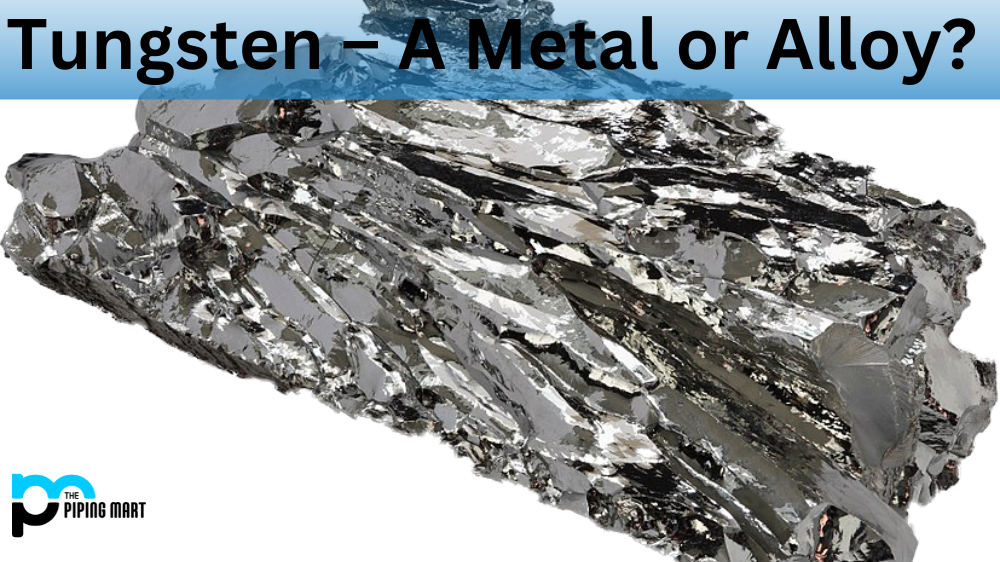When selecting the right material for a project, choosing between two high-quality options can be difficult. Monel 400 and super duplex have excellent properties and are popular choices in various industries. But which one is better? In this guide, we’ll compare Monel 400 and super duplex, so you can decide which material is right for your project.
Corrosion Resistance
Monel 400 and super duplex are corrosion-resistant materials but have different properties. Monel 400 is a nickel-copper alloy resistant to various corrosive environments, including seawater, sulfuric acid, and hydrofluoric acid. On the other hand, a super duplex is a combination of austenitic and ferritic stainless steel. It has excellent resistance to corrosion in chloride environments, making it a popular choice in the oil and gas industry.
Strength
When it comes to strength, a super duplex is the winner. Super duplex has a higher tensile strength than Monel 400, making it a better choice for high-stress applications. Monel 400 is a softer material, which makes it easier to work with, but it may not be suitable for applications that require high strength.
Cost
The cost of materials is always a consideration, and Monel 400 is generally more expensive than the super duplex. This is because Monel 400 is a nickel-based alloy that is more expensive than stainless steel. If cost is a primary concern, a super duplex may be the better choice.
Weldability
Both Monel 400 and super duplex are weldable materials, but super duplex can be more challenging to weld. A super duplex’s high chromium and molybdenum content can cause problems with weld cracking and porosity if proper precautions are not taken. Monel 400, on the other hand, is easier to weld and does not have the same issues with cracking and porosity.
Applications
Monel 400 and super duplex are used in various industries, including oil and gas, chemical processing, and marine applications. Monel 400 is often used in applications that require corrosion resistance, such as seawater pumps, heat exchangers, and valves. A super duplex is often used in applications that require high strength and corrosion resistance, such as subsea pipelines, pressure vessels, and offshore platforms.
Other Differences
- Monel 400 is an alloy of nickel and copper with small amounts of iron, manganese, carbon, and silicon.
- Super Duplex is austenitic-ferritic stainless steel that contains 25-27% chromium, 3-5% molybdenum, and 1.2-2.0% nitrogen.
- Monel 400 has a melting point of 1350°C, while Super Duplex has a melting point of 1400°C.
- Monel 400 is more resistant to corrosion than Super Duplex.
- Monel 400 is less expensive than Super Duplex.
- Super Duplex is stronger than Monel 400.
- Monel 400 is better suited for use in high-temperature environments than Super Duplex.
- Super Duplex is better suited for use in high-pressure environments than Monel 400
Conclusion:
Choosing between Monel 400 and a super duplex comes down to the specific needs of your project. Monel 400 may be the better choice if corrosion resistance is your primary concern. A super duplex is the way to go if high strength is required. Cost and weldability are also important considerations. Whatever material you choose, work with a trusted supplier who can provide quality materials and expert advice. With the right selection, you can ensure the success of your project for years to come.
Sakshee is a talented blogger, with a particular focus on the Business and Metal Industry. She is passionate about sharing her insights on various metal products and helping professionals to make a better decisions.




